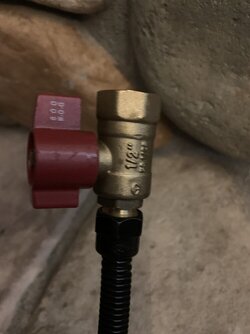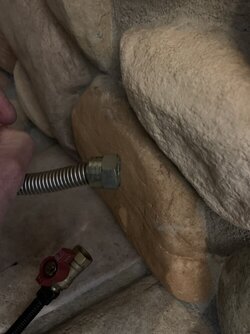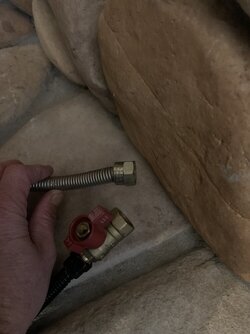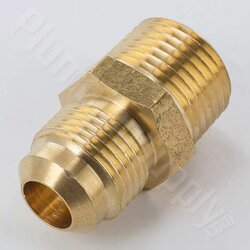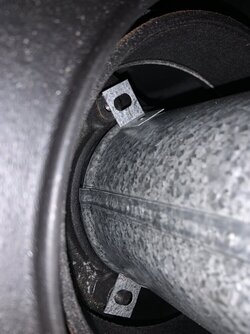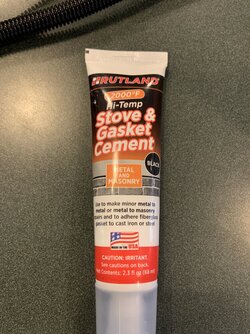A few questions about this replacement:
1. What adapter do I need to use the old 6/4 duravent pipe?
2. The new stove will use an analog millivolt thermostat (same as old) there is a red wire and a white at the stove end of the wire - which wire goes to which terminal?
3. The included gas line on the new stove appears to be a smaller diameter than the gas line for the old stove. The old line is long enough but the new attached line on the VC is not - should I get a longer gas line that is identical to the one on the new stove?
4. Do I need to use pipe tape on the gas fitting attachments?
Thank you in advance for any help.
1. What adapter do I need to use the old 6/4 duravent pipe?
2. The new stove will use an analog millivolt thermostat (same as old) there is a red wire and a white at the stove end of the wire - which wire goes to which terminal?
3. The included gas line on the new stove appears to be a smaller diameter than the gas line for the old stove. The old line is long enough but the new attached line on the VC is not - should I get a longer gas line that is identical to the one on the new stove?
4. Do I need to use pipe tape on the gas fitting attachments?
Thank you in advance for any help.


